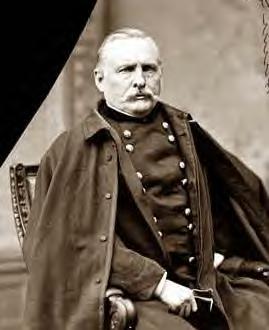




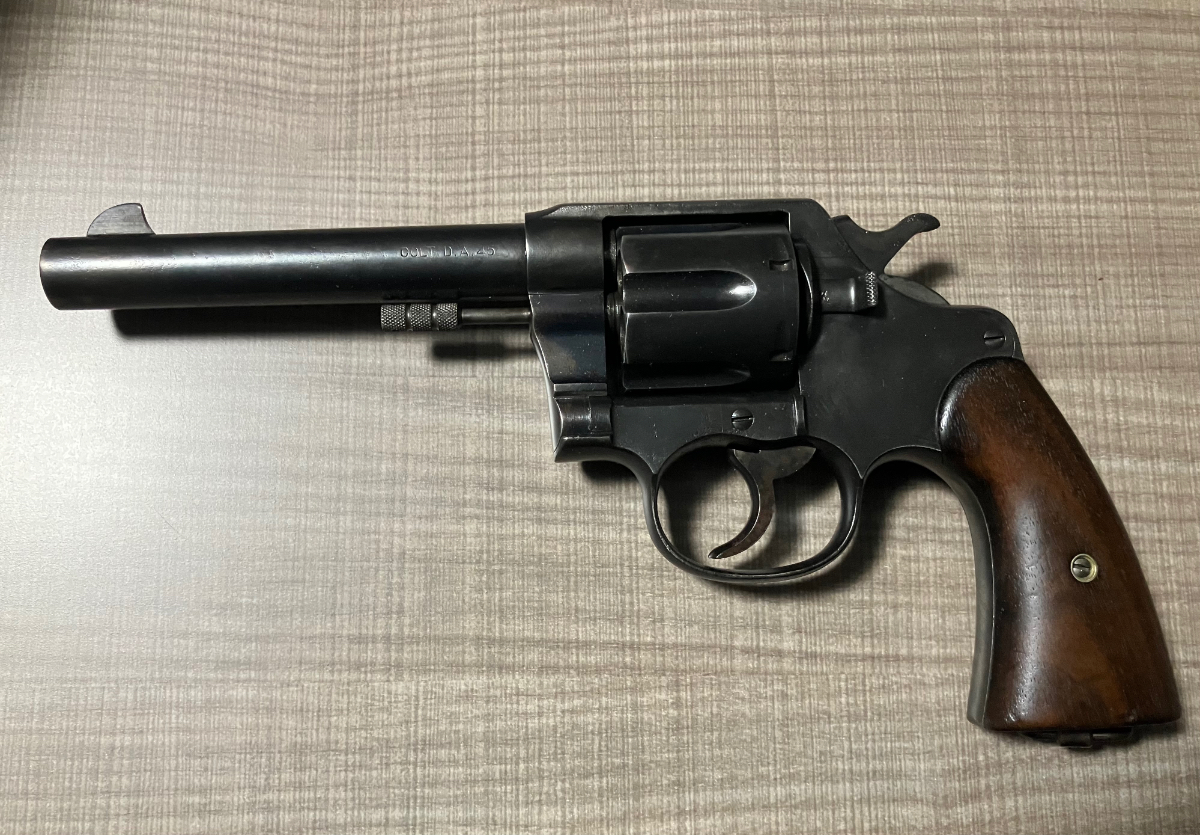
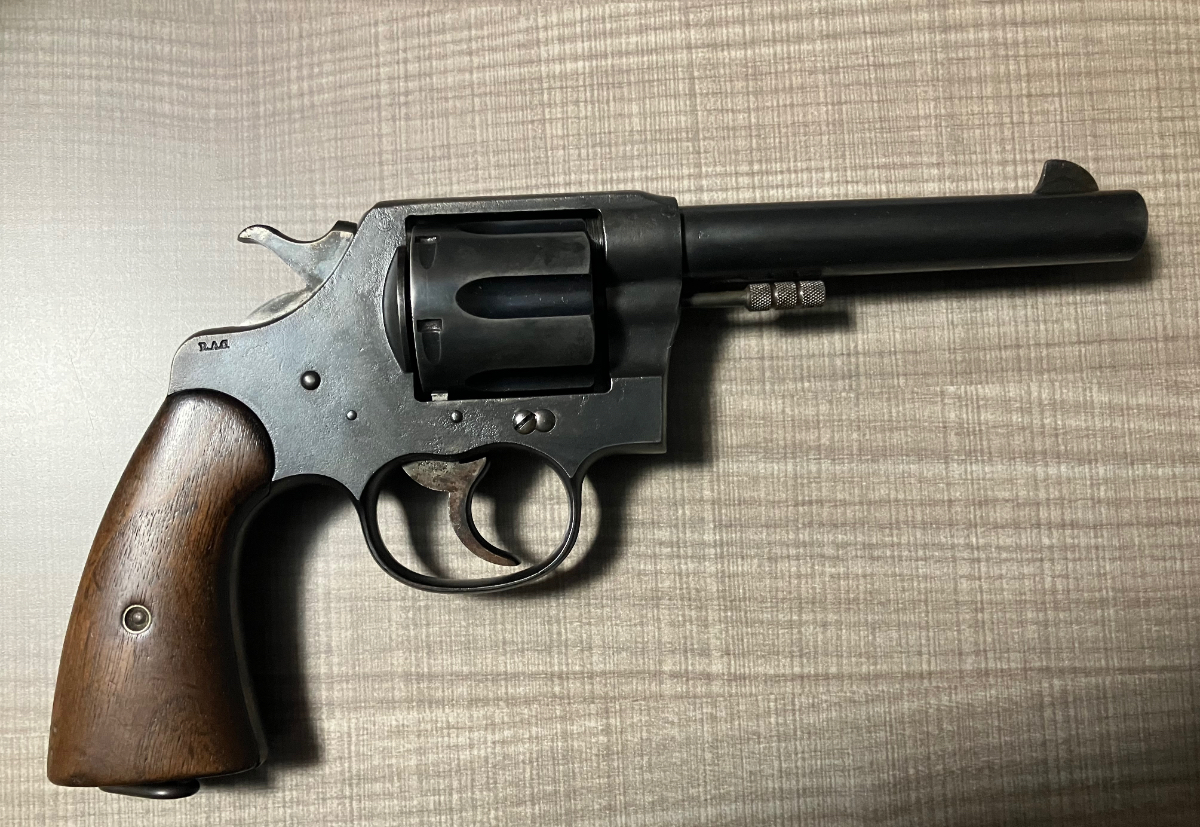
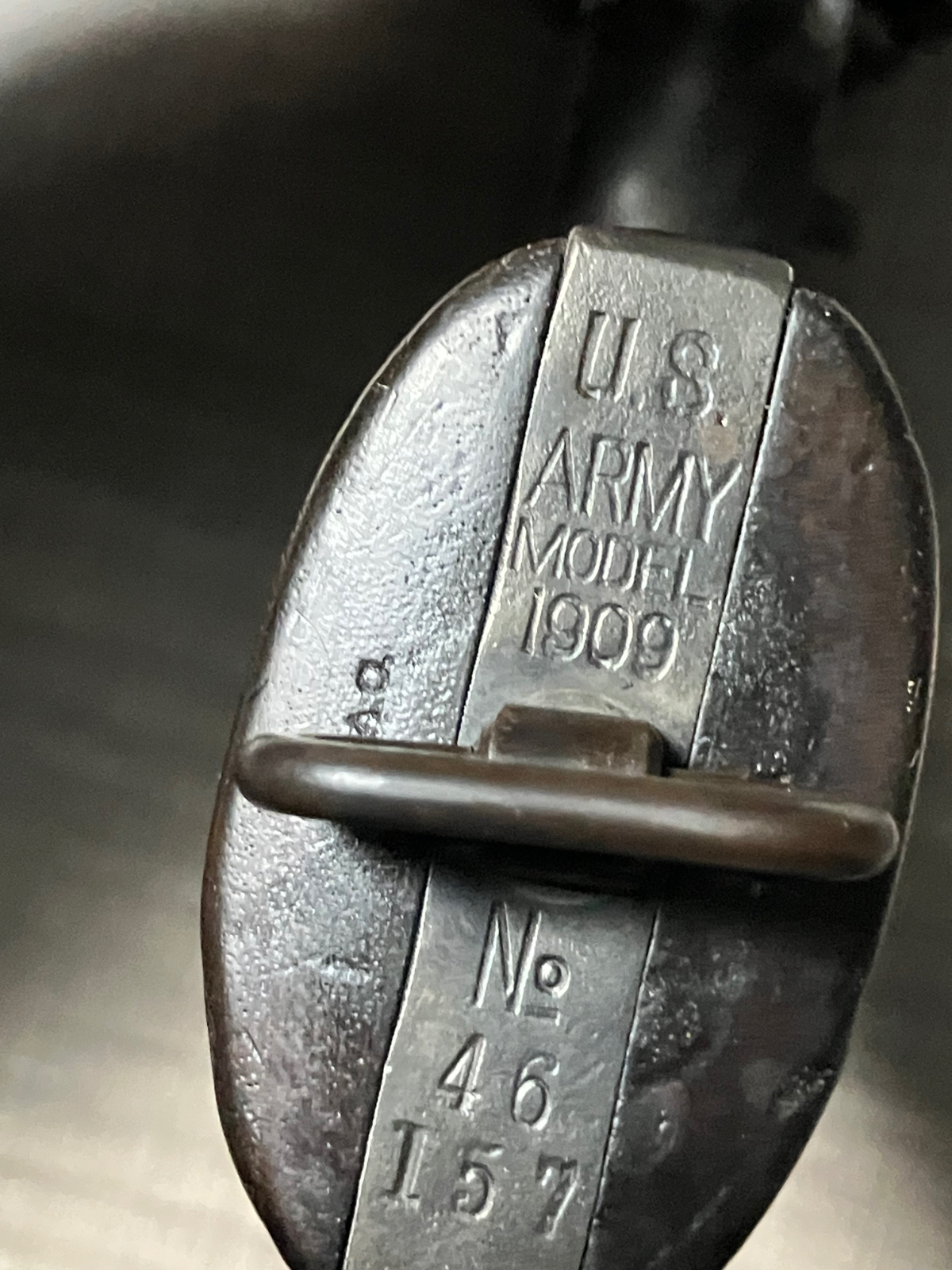
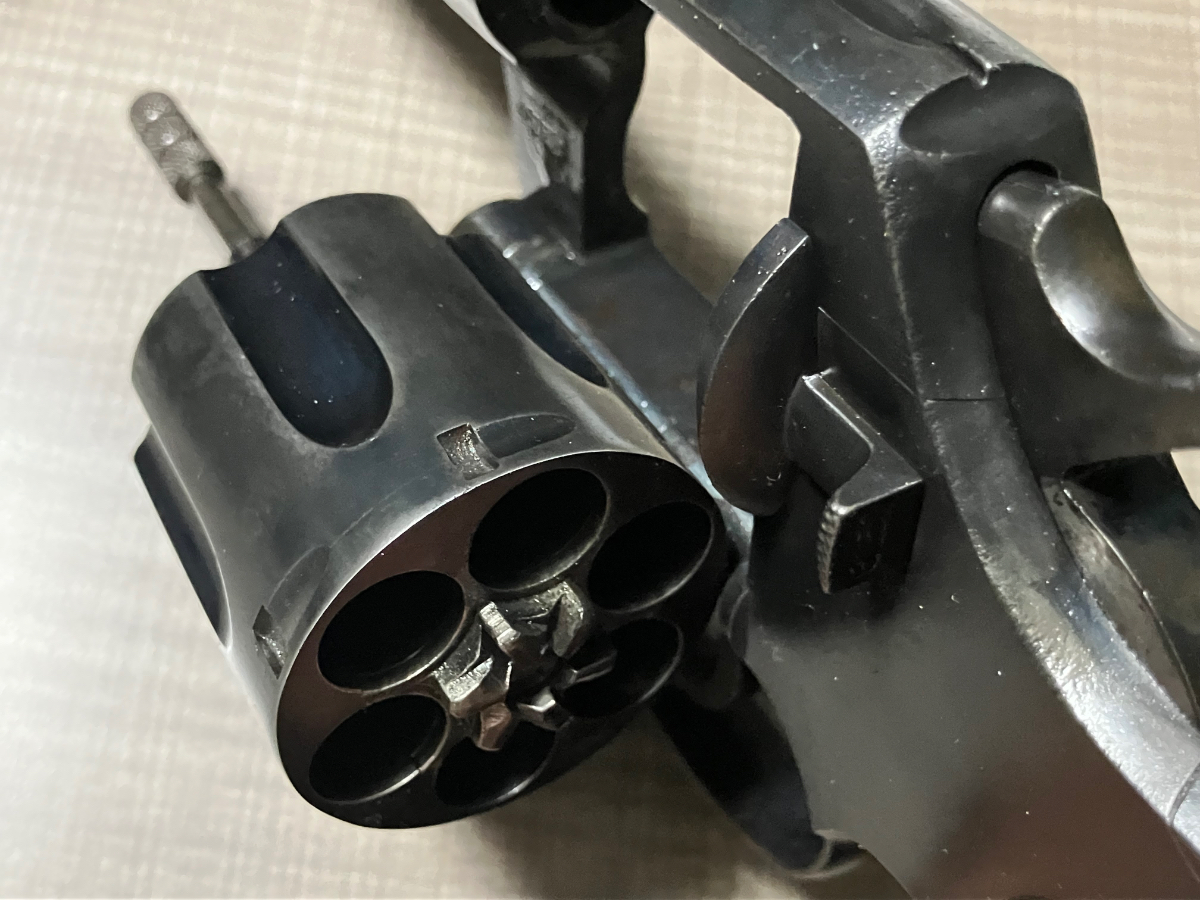

Walther PPKS .380 Royal Oak

In the largest cheating scandal in the Coast Guard Academy’s history, 20% of the class of 2025 were caught sharing homework answers with one another and were also aided by an older student from the prior year.
“And in another instance a cadet who had taken the homework assignments and done poorly on them and gone and talked to the instructor and gotten the right answer, distributed those answers,” said Commander Aaron Casavant, the Assistant Commandant of Cadets. “There were networks of cheating.”
It comes at a time when the Coast Guard service is already under scrutiny for a report that former Coast Guard leadership withheld from Congress and the publicsexual abuse and misconduct at the Academy over several years.
Whether the cadets understand how their actions affect the current image of the Coast Guard, Casavant said he’d like to think so, but he’s not sure. Twenty-five cadets have asked to appeal their sanctions Casavant said, knowing it could affect the start of their careers.
Casavant said they found out about the cheating incidents when the class instructors reviewed the computer program used to administer the homework assignments. They found two issues.
“What we found was that the homework assignments were being completed in the order of seconds and minutes, rather than the amount of time that the instructors expected a homework of that complication and difficulty to take,” he said.

(Photo by Peerapon Boonyakiat / SOPA Images/Sipa USA)(Sipa via AP Images)
This morning, a briefing will be held by the Department of Commerce’s Bureau of Industry and Security (BIS) for “the Hill” regarding their interim rule regarding the “pause” on the issuance of new government licenses for firearms, related components and ammunition for “nongovernmental end users.”
The Outdoor Wire has learned the Commerce Department plans to make that “pause” on the issuance of new export licenses for firearms, related components and ammunition permanent.
That announcement, we’ve learned, could come as soon as tomorrow and “most definitely” by the first of next week.
More than a few United States Senators are already less than thrilled at what they call yet another example of Biden administration bureaucratic overreach, but there’s little they can do at this point.
If Commerce Secretary Gina Raimondo presses forward with the change and Congress can’t reverse it, the costs to the gun industry could be as much as $238 million in annual revenues.
That’s a far cry from the $10 million dollar cost estimate Commerce reportedly has assigned to the change. That estimate, to be clear, would put it under the threshold requiring Congressional approval.
Like the original announcement of BIS’s 90-day pause, the timing of this status change appears to be based on the old “Friday news dump” theory. Bad news, or controversial decisions, are historically dropped late on Fridays, preferably in the spring and summer.
The “pause” has already put a financial hurt on many smaller producers in the industry. One machine company in Tennessee has already closed, putting ten people out of work. Company owners attribute the business closure to the Biden “pause” that stopped a major contract for more than $6.5 million worth of components to a single gun company.
Other small companies nationwide are suffering significant losses. Larger companies haven’t commented, but the pause has essentially stopped more than a thousand export licenses.
The “pause” began on October 27, 2023, when the Commerce Department announced a “temporary pause” on the issuance of new licenses involving firearms, related components and ammunition for “nongovernmental end users” in certain countries.
The pause by the Commerce Department’s Bureau of Industry and Security (BIS) was to last “approximately 90 days” and allow the department to “assess current firearm export control review policies to determine whether any changes are warranted to advance U.S. national security and foreign policy interests.”
In February, well past the 90-day pause window, Senators Mike Lee (R-UT) and Kevin Cramer (R-ND) sent a letter to the Commerce Department. In it, they expressed a concern that while there was little evidence the pause on new export licenses improved U.S. national security, there was extensive evidence it harmed small and medium-sized American businesses.
Here’s what they concluded:
According to industry experts, the 90-day pause implemented by the Commerce Department is likely to cost American businesses hundreds of millions of dollars in lost revenue.
The Department’s pause on issuing new export licenses for firearms comes at the very same time that the Department has loosened restrictions on exporting products controlled under the Chemical Weapons Convention and Missile Technology Control Regime.
It is difficult, therefore, for us to conclude that the Commerce Department’s pause on issuing new licenses is truly motivated by a desire to promote U.S. national security. […] Nevertheless, 90 days have now passed and the Commerce Department’s pause remains in full effect.”
A fairly significant political “fingerprint” indicates the whole pause scheme was initiated by the White House’s newest gun control group, the White House Office of Gun Violence Prevention.
Unable to pass gun control legislation, the current administration appears to have included anti-gun moves in their “whole of government approach” to getting their agenda implemented without approval from Congress.
By changing administrative language and rule interpretations (think the ATF’s “in the business” or firearm definition changes) they achieve immediate results.
Reversing those administrative decisions requires slogging through the court system. In the interim, the damage is done, harming those affected by the rules with no risk of penalty to the administrators.
According to the Senators, the pause appeared to be a “concerted and deliberate attempt to punitively target the American firearms industry.” They urged the Commerce Department to lift the pause and “refrain from imposing any new regulations that would unduly harm countless small and medium sized businesses across the United States.”
The letter appears to have neither motivated nor intimidated the BIS. Seven months after announcing the 90-day pause, and more than a month since the Senators’ letter was sent, the pause remains in effect. Now, it appears Commerce Secretary Gina Raimondo is prepared to make it permanent.
Sources tell us the Secretary is also “cleansing” the Department of longtime employees and administrators who have gone on record as opposing the scheme. Earlier this week, a whistleblower in Commerce tipped Senators to the impending change. Shortly afterwards, he was told to “start making plans for future employment.”
The whistleblower also told members of Congress that Commerce Department employees involved in the BIS were “assembled” and told to “either get onboard or prepare to get out” prior to the plan being announced as permanent.
Small companies that manufacture components for firearms companies have already been suffering under the “pause.” But that doesn’t appear to bother either the bureaucrats or Secretary Raimondo one whit.
A permanent ban on exporting civilian products by the firearms industry will have a serious impact, and it won’t only hit firearms or ammunition manufacturers. Companies that supply the industry with everything from raw goods to machined component parts will share in the discomfort and some won’t survive.
We have the BIS briefing covered and as always, we’ll keep you posted.
THE UNSINKABLE BATTLESHIP OF MANILA BAY
Warship Wednesday, May 6, 2015: The unsinkable battleship of Manila Bay
Here we see the concrete battleship, Fort Drum, as she appeared before 1941. While yes, this is not a ship but a U.S. Army coastal defense fortification, it has all the aspects of a ship above the waterline!
When Dewey swept into Manila Bay in 1898, the battle that his Asiatic Squadron gave the outgunned Spanish fleet was brief and historic– leaving the U.S. with de facto control of the island chain (or at least the Bay) that was made official after the war ended. After the Japanese defeat of the Russian Pacific Fleets (both of them) in 1905– during which a number of the Tsar’s ships took refuge in Manila Bay under the watchful eye of the USN, it became a priority to beef up the defenses around the harbor to keep the Navy there from turning into another Port Arthur.
In the mouth of the Bay was El Fraile Island, a small slip of rock that the Army, in charge of Coastal Defense, decided to place a mine-control battery atop. However, this plan soon changed and the Army, with the Navy’s blessing, went about building their own static battleship.
Under the plan of Lt. John Kingman of the Army Corps of Engineers, the military leveled off El Fraile starting in 1909 and encased the entire island in steel-reinforced concrete with an average depth of 36-feet thick along the walls.
Several stories deep, a fort was constructed that included water cisterns, fuel tanks to run electrical generators, barracks for artillerymen, dining facilities, and storage for enough food to last the defenders months if needed.

Powder magazines and “navy-type” electrical passing scuttles. Drum could stock 440 shells for its main batteries. Click to big up
Atop the roof of the structure, which itself was 20-feet thick, were mounted a pair of M1909 turrets that each houses a pair of 14-inch (360mm) guns. Although a Navy-style mount, it was all-Army and contained unique wire-wound guns modified from the standard M1907 big guns mounted in coastal defense forts stateside.
 While the standard CONUS 14-inchers were “disappearing” mounts, these larger 40-caliber tubes, with their 46-foot length, allowed the 1,209-pound AP shells to fire out to some 22,705-yards. To protect these turrets (named Batteries Marshall and Wilson), they had 16-inches of steel armor on their face, 14 on the sides and rear, and 6 on the roof. Of course, these giant turrets, with their outsized guns, tipped the scales at 1,160-tons or about the weight of a standard destroyer of the era, but hey, it’s not like they were going to sink the island or anything.
While the standard CONUS 14-inchers were “disappearing” mounts, these larger 40-caliber tubes, with their 46-foot length, allowed the 1,209-pound AP shells to fire out to some 22,705-yards. To protect these turrets (named Batteries Marshall and Wilson), they had 16-inches of steel armor on their face, 14 on the sides and rear, and 6 on the roof. Of course, these giant turrets, with their outsized guns, tipped the scales at 1,160-tons or about the weight of a standard destroyer of the era, but hey, it’s not like they were going to sink the island or anything.
For comparison, the huge 16-inch/50 cal Mk.7 mounts on the Iowa-class battleships– commissioned decades after the Army’s concrete fort was built, weighed 1,701-tons but had three larger guns rather than the two the boys in green staffed.

The M1909 mount was tested at Sandy Hook Proving Ground, New Jersey before shipment to the PI. Only two of these mounts were ever constructed and, to the credit of the Army, are both still in existence despite an epic trial by combat. Click to big up
As befitting a battleship, the fort had a secondary armament of four casemated 6-inch coastal defense guns (dubbed Batteries Roberts and McCrea) as well as an anti-aircraft/small boat defense scheme (Batteries Hoyle and Exeter) of smaller 3-inch guns.
To direct all this a 60-foot high lattice mount (just like those on the latest U.S. battleships) was fitted to the ‘stern’ of the fort that contained fire control spotters (that fed to plotting rooms protected deep inside the facility), as well as 60-inch searchlights, radio and signal facilities to keep in contact with the rest of the harbor defenses.
Finally commissioned in 1913– just in time for World War One, the concrete battleship was named Fort Drum after former Adjutant General of the Army Richard Coulter Drum, who had died in 1909– the year construction began.
 The fort was a happy post until December 8, 1941, when, just hours after the attack on Pearl Harbor, the Japanese struck at the Philippines. Largely relegated to providing some far-off gunfire support and exchanging pot shots with Japanese planes until Manila fell, this soon changed.
The fort was a happy post until December 8, 1941, when, just hours after the attack on Pearl Harbor, the Japanese struck at the Philippines. Largely relegated to providing some far-off gunfire support and exchanging pot shots with Japanese planes until Manila fell, this soon changed.
In December two water-cooled .50 caliber machine guns manned by a 13-man platoon of 3/4 Marines (withdrawn only days before from China), was sent to the concrete battleship to beef up her dated AAA defenses.
They joined the 200~ soldiers, officers, Philippine Scouts, and civilian ordnance-men of the 59th and 60th U.S. Army Coastal Artillery Regiments, commanded by Lt. Col. Lewis S. Kirkpatrick. Later, when Bataan fell, about 20 tank-less soldiers from an armored unit– Company D, 192nd Tank Battalion (formerly Harrodsburg’s 38th Tank Company of the Kentucky National Guard)- managed to escape to Drum and lent their shoulders to the wheel for the last month of the campaign.
As the Japanese had done at Port Arthur in 1904 where they brought in 10-ton Krupp L/10 280mm howitzers from the Home Islands to churn the Russian fortifications to gruel, the Imperial Army shipped new 40-ton Type 45 240 mm howitzers just to batter Fort Drum in March.
Although they peppered the fort’s concrete and knocked out some small guns, Drum kept firing and after April, along with Corregidor and the other harbor forts, became the last piece of real estate owned by the U.S. When the Empire tried to take Corregidor in the end, Drum’s 14-inchers made Swiss cheese of a number of their thin-skinned landing barges, sending many of the Emperor’s best troops to the bottom of the Bay.
On May 6, 1942, some 73 years ago today, when General Wainwright surrendered Corregidor, he included the harbor forts in his order. Although still capable of fighting, the defenders of the fort obeyed orders, smashed their generators, burned their codebooks, spiked their weapons, turned the fire-hoses loose in the interior– paying special attention to the powder rooms, and raised a white flag at noon.
Although the 240~ soldiers and Marines of the garrison did not suffer any deaths in direct combat, their time in Japanese prison camps was by no means easy. A number of their unit, including Kirkpatrick, did not live to see the end of the war. Only one officer, battery commander Capt. Ben E. King, survived. Casualties among the enlisted were likewise horrific.
In the end, they were awarded the Presidential Unit Citation and that of the Philippine Presidential Unit Citation, which the 59th carries to this day (as the 59th Air Defense Artillery Regiment)
While the Japanese occupied the concrete battleship and used it as a coastal defense position for the rest of the war, they never did get the M1909s operable again.
Following bombardment by the USS Phoenix (CL-46), on April 13, 1945, the U.S. Army landed on the roof of the once-great fort. They found the Japanese defenders, shut inside its concrete warren under their feet, unwilling to surrender. Therefore, with McArthur’s blessing, a detachment of B Company/13th Engineers, poured 3,000 gallons of diesel/oil slurry down the ventilation shafts and set it off with timed charges as they withdrew.

US engineers and soldiers guarding them, pumping diesel fuel and oil into the innards of Ft. Drum Philippines. Note the 14-inch turret in the background

The fort burned for two weeks and no living Japanese prisoners were taken, only 68 “body remnants” were recovered. These men were sailors and survivors from the ill-fated super battleship Musashi, sent to the bottom just six months prior. So in the end, her final crew were battleship men.
According to an Augus1945 Yank magazine article:
First there was a cloud of smoke rising and seconds later the main explosion came. Blast after blast ripped the concrete battleship. Debris was showered into the water throwing up hundred of small geysers. A large flat object, later identified as the 6-inch concrete slab protecting the powder magazine was blown several hundred feet into the air to fall back on top of the fort, miraculously still unbroken. Now the GIs and sailors could cheer. And they did. As the LSM moved toward Corregidor there were continued explosions. More smoke and debris.
Two days later, on Sunday, a party went back to try to get into the fort through the lower levels. Wisps of smoke were still curling through the ventilators and it was obvious that oil was still burning inside. The visit was called off for that day. On Monday the troops returned again. this time they were able to make their way down as far as the second level, but again smoke forced them to withdraw. Eight Japs-dead of suffocation- were found on the first two levels.
Another two days later another landing party returned and explored the whole island. The bodies of 60 Japs-burned to death-were found in the boiler room on the third level. The inside of the fort was in shambles. The walls were blackened with smoke and what installations there were had been blown to pieces or burned.
In actual time of pumping oil and setting fuses, it had taken just over 15 minutes to settle the fate of the “impregnable” concrete fortress. It had been a successful operation in every way but one: The souvenir hunting wasn’t very good.

Starboard beam view of the battleship USS NEW JERSEY (BB-62) passing between CORREGIDOR (background) and FORT DRUM as she enters Manila Bay. Date: 3 Jul 1983 Camera Operator: PH2 PAUL SOUTAR ID: DN-SN-83-09891 Click to big up
Now, abandoned, the unsinkable battleship with its charred interior spaces lies moldering away in Manila Bay.
Over the years, it has become a tourist attraction and target for scrap hunters who have carried off every piece of metal smaller than they are.
For more information on Fort Drum, please visit Concrete Battleship.org
As for Gen. Drum himself, he is buried at Arlington Section 3, Site 1776.
Specs:
Displacement: It is an island
Length: 350 feet
Beam: 144 feet
Draught: nil, but the fort stood 40-feet high and the lattice tower over 100
Propulsion: None, although the fort had numerous generators
Speed: In time with the rotation of the earth
Complement: 200 men of Company E, 59th Coastal Artillery Regiment, commanded by Lt. Col. Lewis S. Kirkpatrick (1941-42)
Armament: (as completed)
4xM1909 14-inch guns
4xM1908 6-inch guns
Armor: Up to 36 feet of concrete, with up to 16-inches of plate on turrets
If you liked this column, please consider joining the International Naval Research Organization (INRO), Publishers of Warship International.
They are possibly one of the best sources of naval study, images, and fellowship you can find http://www.warship.org/
The International Naval Research Organization is a non-profit corporation dedicated to the encouragement of the study of naval vessels and their histories, principally in the era of iron and steel warships (about 1860 to date). Its purpose is to provide information and a means of contact for those interested in warships.
Nearing their 50th Anniversary, Warship International, the written tome of the INRO has published hundreds of articles, most of which are unique in their sweep and subject.







